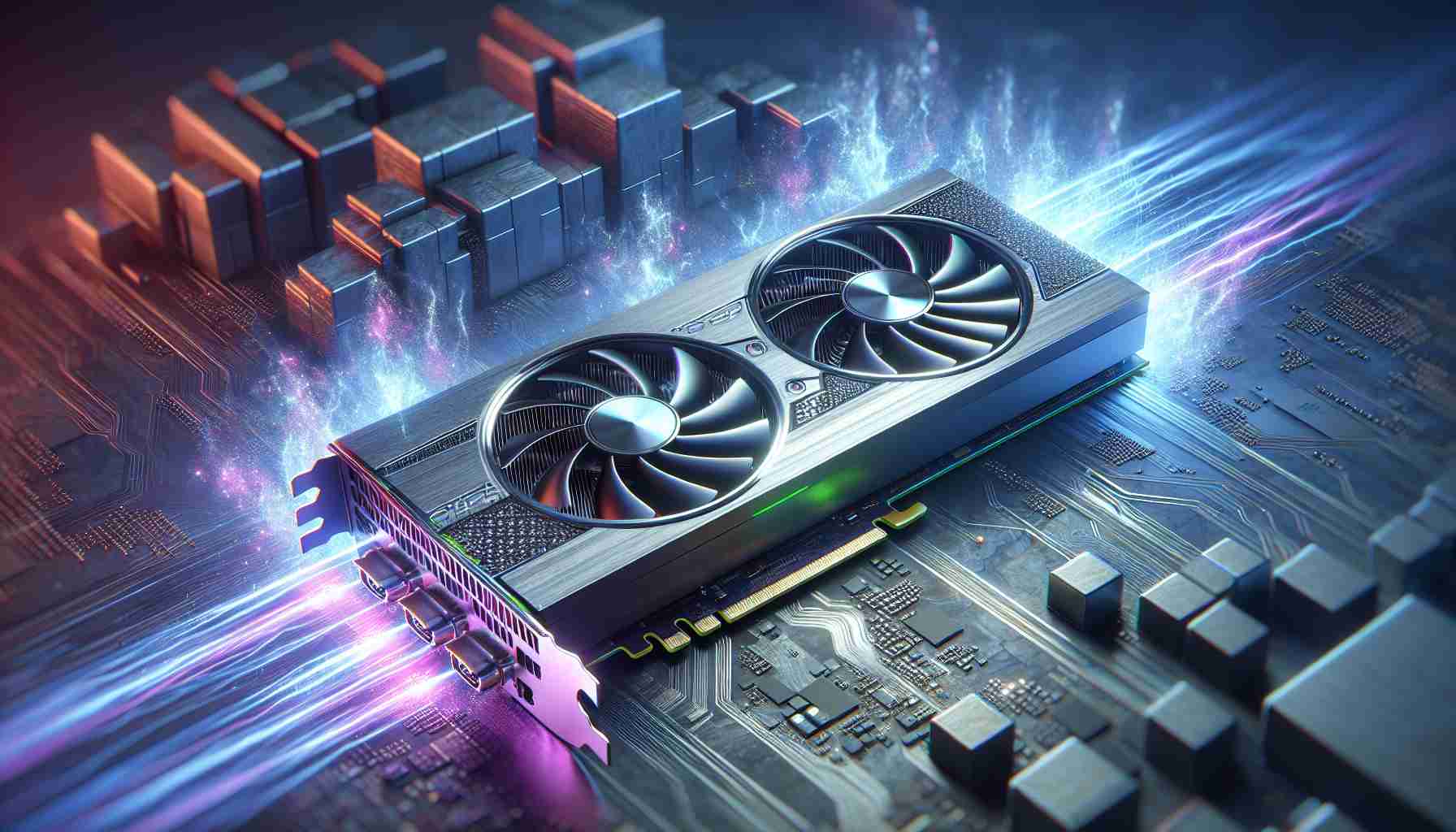Intel spoke about the monstrous power of the flagship Xe-HP graphics on four crystals
At the Hot Chips 2020 conference, Chief Architect and Senior Vice President of Intel’s Discrete Graphics Division, Raja Koduri, spoke about the theoretical performance of the company’s future accelerators. And the announced figures are impressive.







